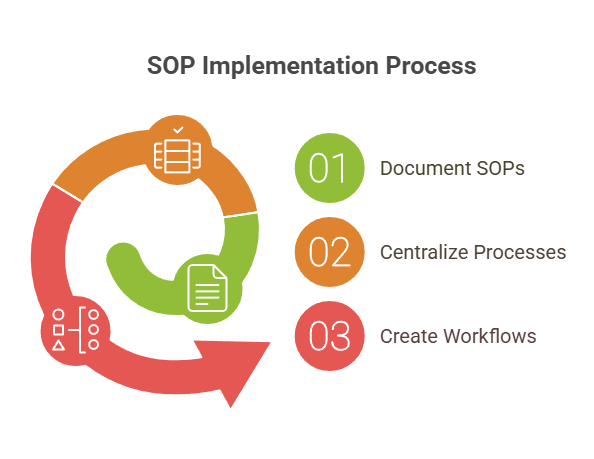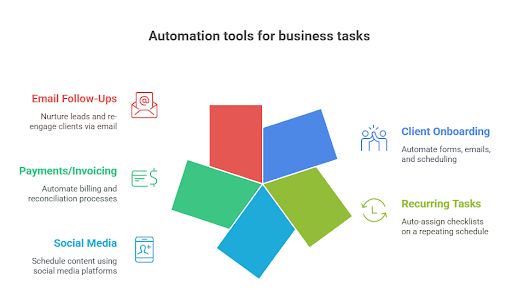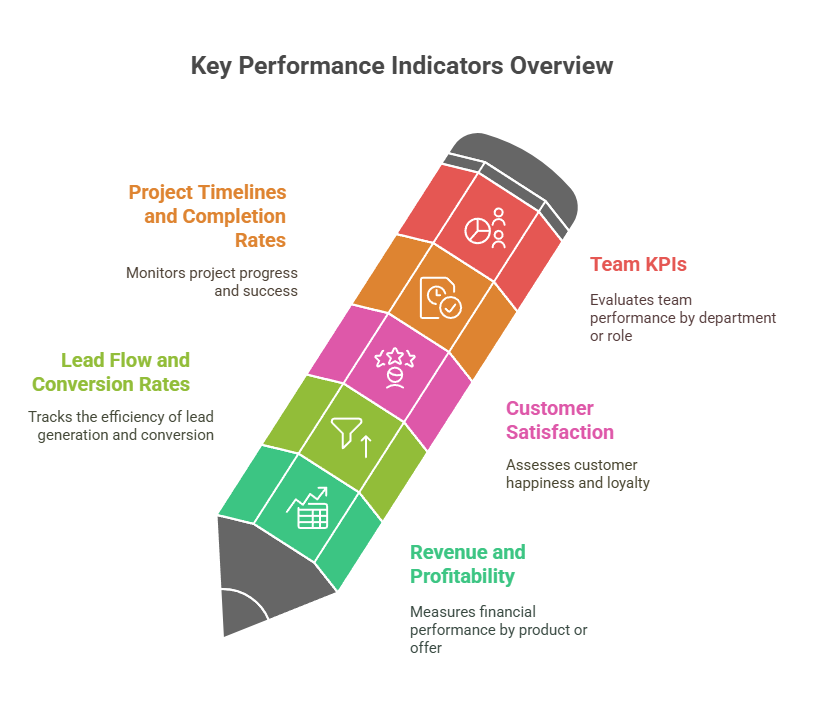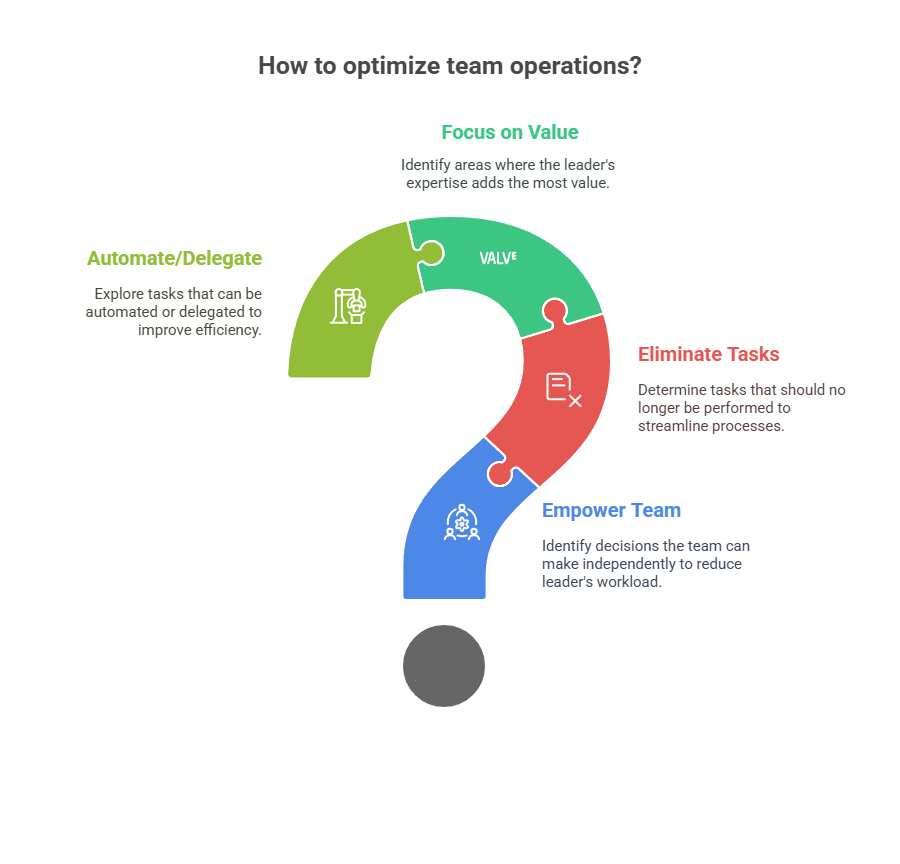Want to Overcome Operational Bottlenecks? Leverage Is the Key
- bryan6708
- Jun 20
- 5 min read
How to Build a Business That Scales Without You Being the Bottleneck
Why Most Entrepreneurs End Up as Their Own Biggest Obstacle
You didn’t start your business to work 80 hours a week.
You started it for freedom, impact, and the ability to live life on your terms.
But somewhere along the way, the business you built to give you freedom becomes the thing that demands all your time.
📌 You become the point of contact, the problem solver, and the bottleneck.
I’ve seen it happen again and again—entrepreneurs stuck inside the operations, putting out fires, answering every question, approving every detail.
And I’ve been there too.
The breakthrough?
Leverage.
Not just financial leverage—operational leverage.
The kind that allows your business to grow without you doing everything.
What Is Operational Leverage—and Why Does It Matter?
Operational leverage means you get more done without increasing your personal workload.
It’s how you scale smart.
It’s how you create systems that do the work even when you’re not in the room.
📌 The less your business depends on you, the more valuable—and scalable—it becomes.
When you leverage wisely, you can:
✅ Focus on strategy instead of execution
✅ Build a team that owns their outcomes
✅ Automate routine decisions
✅ Grow your revenue without growing your hours
1. Leverage Through Systems: Build a Structure That Runs Without You
Most entrepreneurs operate on tribal knowledge.
They know how everything works—but they’re the only ones who do.
That creates bottlenecks. Every task, question, or fire comes back to them.
📌 Systems are the solution.
✅ Start Here:
Document your SOPs (Standard Operating Procedures)
Every recurring task needs a checklist, not a memory test.
Centralize your processes
Use tools like Notion, ClickUp, or Google Docs to store SOPs in one place.
Create workflows, not just tasks
Build repeatable sequences for onboarding, billing, content, support, and more.

📌 Real Example:
When we started documenting every key task—client reservations, ticketing, payroll, reporting—our team didn’t just work faster…
They worked without asking us for every detail.
We stopped being the bottleneck. That’s leverage.
2. Leverage Through People: Build a Team That Owns the Outcome
Hiring isn’t leverage by default.
If you hire someone and still have to manage every step of their work—you haven’t gained freedom, you’ve gained babysitting.
📌 Leverage happens when your people are empowered with the tools, clarity, and authority to do their jobs well—without hand-holding.
✅ How to Do It:
Hire for outcomes, not tasks
Give people ownership of a result, not just a to-do list.
Create clear scorecards
Each role should have measurable KPIs—what does success look like?
Train with systems
Use SOPs, Loom videos, and onboarding docs so new hires can ramp up quickly.
Delegate with context
Don’t just assign a task—explain the why, the goal, and what done well looks like.

📌 Pro Tip: The 80% Rule
If someone can do a task 80% as well as you can—delegate it.
You can always refine later. But holding onto everything guarantees stagnation.
3. Leverage Through Automation: Let Tech Handle the Repeat Work
You don’t need to respond to every client email.
You don’t need to schedule every appointment.
You don’t need to manually move data between platforms.
📌 Technology is your assistant. Use it.
✅ What to Automate:
Client onboarding sequences
Use tools like Dubsado, HoneyBook, or Zapier to send forms, welcome emails, and calendar links.
Recurring tasks and reminders
Use ClickUp or Asana to auto-assign checklists monthly or weekly.
Social media
Batch content and use Buffer, Later, or Metricool to schedule.
Payments and invoicing
Use Stripe, QuickBooks, or Xero to automate billing and reconciliation.
Email follow-ups
Set up ActiveCampaign or ConvertKit to nurture leads or re-engage past clients.

📌 Real Example:
In one business, automating email confirmations, calendar bookings, and payment links saved the admin team 20+ hours per week.
That time was redirected to higher-value activities.
4. Leverage Through Reporting: Use Data to Drive Decisions (Not Gut Instinct)
If you don’t know your numbers, your team doesn’t either.
That creates lack of clarity, confusion, and constant reactive behavior.
📌 When you track the right metrics, your team knows what matters—and how they’re doing.
✅ What to Track:
Revenue and profitability by product or offer
Lead flow and conversion rates
Customer satisfaction (CSAT or NPS)
Project timelines and completion rates
Team KPIs by department or role

✅ Tools to Use:
Fathom or Google Looker Studio – For visual dashboards
ClickUp Dashboards – For task and team visibility
HubSpot or ActiveCampaign – For lead and marketing tracking
Slack + Zapier – For automated report updates in real time
📌 Pro Tip: Build a scorecard your team reviews weekly.
Make metrics part of your meetings. Visibility creates accountability—and that’s how you scale.
5. Leverage Through Strategic Focus: Step Away from What Doesn’t Serve You
Sometimes, the biggest bottleneck isn’t tools or people—it’s the founder doing too much.
📌 You’re too close to the day-to-day.
📌 You’re still making low-level decisions.
📌 You’re stuck “in the weeds” instead of leading at the strategic level.
Leverage means saying no to what no longer fits your role.
✅ Questions to Ask:
What decisions can my team make without me?
What tasks should I never do again?
Where do I add the most value?
What can I eliminate, automate, or delegate?

📌 Create a “No Longer My Job” List
Write down everything you’re doing that someone else could own.
Then assign it, document it, or automate it—bit by bit.
The Result: A Business That Doesn’t Rely on You
When you put these types of leverage in place, everything shifts:
✔ You’re not reacting—you’re leading
✔ You’re not in the weeds—you’re building
✔ Your business grows—and you get your time back
This is how you go from stressed operator to confident owner.
📌 It’s not about being everywhere—it’s about building something that works everywhere.
Getting Started: The Leverage Audit
Here’s how to begin applying leverage right now:
✅ Step 1: Identify Your Bottlenecks
Where are things slowing down? Where are you still “needed” every time?
✅ Step 2: Choose Your First Win
Pick one area: Systems, Team, Automation, Reporting, or Focus.
Make a small change. Document a process. Delegate one task.
✅ Step 3: Build a Weekly Leverage Habit
Each week, ask:
“What’s one thing I’m doing today that I could hand off, automate, or stop doing altogether?”
✅ Step 4: Track the ROI
What did you free up? Time? Energy? Results?
Celebrate those wins—they compound.
Final Thoughts: Freedom Comes from Leverage, Not More Hustle
The entrepreneurs who build sustainable, successful businesses aren’t the ones who work harder.
They’re the ones who leverage better.
They build systems.
They empower teams.
They use tools wisely.
They track results.
They lead strategically.
📌 That’s how you eliminate bottlenecks.
📌 That’s how you scale.
📌 That’s how you get your life back.
Action Step
What’s one strategic move you’ve made that helped reduce your day-to-day workload?
Share it in the comments—I’d love to hear what’s worked for you.
🚀 P.S. Want to build a business that runs without constant oversight?
Watch my free webinar: https://www.ralwest.com/get-webinar
💼 Ready to go deeper with other like-minded entrepreneurs?
Join me in the Livin’ the Dream Mastermind—it’s designed to teach you to shift from being the Operator to the Owner of your business. https://programs.ralwest.com/mastermind
📺 And don’t forget to subscribe to my YouTube channel for weekly insights on business systems, leadership, and entrepreneurial freedom: https://www.youtube.com/@RalWest
What was your biggest takeaway from this week's newsletter?





Comments